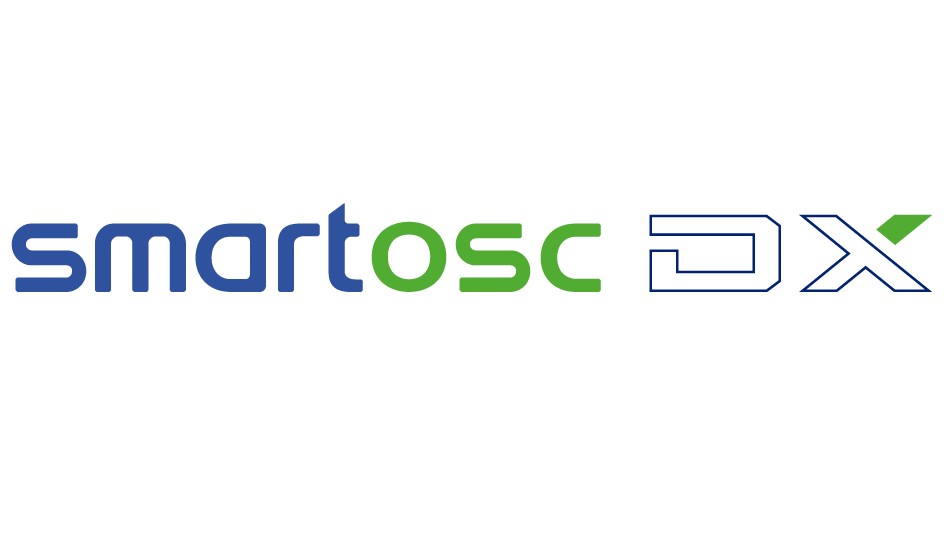The use of cloud computing is becoming more prevalent and widespread in various domains and sectors. According to Statista, the global cloud computing market size is expected to grow from $371.4 billion in 2020 to $832.1 billion by 2025, at a compound annual growth rate (CAGR) of 17.5 percent.
Cloud computing is the delivery of computing services such as servers, storage, databases, networking, software, analytics, and intelligence over the internet. Cloud computing offers benefits such as scalability, flexibility, cost-efficiency, security, and innovation to organizations of all sizes and sectors. Cloud computing has many common uses that can help organizations achieve their goals and solve their problems. Here are some of the top 10 common uses of cloud computing.
File storage
One of the most basic and popular uses of cloud computing is file storage. Cloud storage allows users to store and access their files from any device and location, without worrying about the capacity and security of their local storage.
Cloud storage also enables users to share and sync files across multiple devices and platforms, as well as backup and restore data in case of loss or damage. Some examples of cloud storage providers are Google Drive, Dropbox, OneDrive, and iCloud.
Big data analytics
Another common use of cloud computing is big data analytics. Big data analytics refers to the process of collecting, processing, and analyzing large and complex datasets to extract insights and value for various purposes.
Cloud computing provides the necessary infrastructure, tools, and services to handle big data challenges such as volume, velocity, variety, veracity, and value. Cloud computing also enables users to scale up or down their resources according to their needs, as well as access advanced analytics capabilities such as artificial intelligence (AI), machine learning (ML), and data visualization. Some examples of cloud-based big data analytics platforms are Amazon Web Services (AWS), Google Cloud Platform (GCP), Microsoft Azure, and IBM Cloud.
Data backups and archiving
Ensuring data protection, compliance, and recovery in case of disasters or emergencies is another application of cloud computing. Data backups and archiving are essential for ensuring data protection, compliance, and recovery in case of disasters or emergencies.
Cloud computing simplifies the process of backing up and archiving data by providing remote and automated solutions that reduce the cost and complexity of managing on-premises storage systems. Cloud computing services also offer flexible and scalable options for storing data for different retention periods and purposes. Some examples of cloud-based backup and archiving solutions are AWS Backup, Azure Backup, Google Cloud Storage, and Backblaze.
Software testing and development
Software testing and development are the activities of creating, testing, deploying, and maintaining software applications. Cloud computing facilitates software testing and development by providing on-demand access to cloud-based platforms that offer a range of services such as infrastructure as a service (IaaS), platform as a service (PaaS), software as a service (SaaS), serverless computing, and DevOps tools.
Cloud computing also enables software testers and developers to work collaboratively, efficiently, and securely across different environments and devices. Some examples of cloud-based software testing and development platforms are AWS CodeStar, Azure DevOps, Google App Engine, and Heroku.
Các sản phẩm khác: Magento POS, BigCommerce POS, Shopify POS, Woocommerce POS, NetSuite POS, Mobile POS, White label POS,
Watch more: Cloud Services Solution Insights: Tips for a Successful Journey
Infrastructure as a service (IaaS) and Platform as a service (PaaS)
Another common use of cloud computing is infrastructure as a service (IaaS) and platform as a service (PaaS). According to Forbes, the global public cloud infrastructure market will grow 35 percent to $120 billion in 2021, driven by the need for scalability, resilience, and agility.
IaaS and PaaS are two types of cloud service models that provide users with access to cloud-based resources such as computing, storage, networks, operating systems, databases, middleware, frameworks, tools, and applications. IaaS allows users to rent virtual servers and storage from cloud technology solutions providers and manage them using web interfaces or APIs. PaaS allows users to deploy and run their own applications on cloud platforms without worrying about the underlying infrastructure.
IaaS and PaaS enable users to reduce capital expenditures, increase scalability, improve performance, enhance security, and accelerate innovation. Some examples of IaaS providers are AWS EC2, Azure Virtual Machines, Google Compute Engine, and DigitalOcean. Some examples of PaaS providers are AWS Elastic Beanstalk, Azure App Service, Google Cloud Run, and Salesforce Platform.
Communication
Communication is another common use of cloud computing. Communication refers to the exchange of information between people or groups using various methods such as voice, email, chat, video conferencing, social media, etc. Cloud computing enables communication by providing cloud-based solutions that offer high-quality, reliable, secure, and cost-effective communication services over the Internet.
Cloud computing also allows communication across different devices, platforms, and locations, as well as integration with other applications and systems. Some examples of cloud-based communication solutions are Google Workspace, Microsoft Teams, Zoom, Slack, and Twilio.
Social networking
Social networking refers to the creation and maintenance of online communities where people can interact and share information, interests, opinions, etc. Cloud computing supports social networking by providing cloud-based platforms that host and manage vast amounts of user-generated data.
These platforms use cloud computing to scale up and down as traffic changes, to provide personalized and engaging user experiences, to enable social features such as likes, comments, messages, etc., and to analyze user behavior and preferences. Some examples of cloud-based social networking platforms are Facebook, Twitter, LinkedIn, and Instagram.
eCommerce
Another common use of cloud computing is eCommerce. eCommerce refers to the buying and selling of goods and services over the internet. Cloud computing empowers eCommerce by providing cloud-based solutions that handle and grow data storage, hosting, and digital commerce applications such as virtual payments, inventory management, product information management, customer relationship management, marketing, analytics, etc.
Cloud computing also enables eCommerce to offer fast, secure, and convenient online shopping experiences to customers across different channels, devices, and locations. Some examples of cloud-based eCommerce solutions are Shopify, Magento, WooCommerce, and BigCommerce.
Education
Education is also a frequent application of cloud computing. Education refers to the process of teaching and learning knowledge, skills, values, etc. Cloud computing enhances education by providing cloud-based solutions that support online learning, collaboration, assessment, curriculum development, etc.
Cloud computing also enables education to increase access, quality, efficiency, and innovation in education for students, teachers, administrators, and researchers. Some examples of cloud-based education solutions are Google Classroom, Canvas, Coursera, and Khan Academy.
Gaming
Cloud computing has gaming as another typical use. Gaming refers to the activity of playing video games for entertainment, education, or competition. Cloud computing revolutionizes gaming by providing cloud-based solutions that enable gamers to stream and play high-quality games on any device and location, without requiring expensive hardware or software installations.
Cloud computing also enables gaming to offer immersive, interactive, and social gaming experiences, as well as access to a variety of games and genres. Some examples of cloud-based gaming solutions are Google Stadia, Microsoft xCloud, Amazon Luna, and NVIDIA GeForce Now.
Watch more: 4 Types of cloud computing you need to know
Conclusion
The use of cloud computing has many benefits and advantages for various domains and sectors. Cloud computing services can help organizations and individuals achieve their objectives and solve their challenges by providing on-demand, scalable, flexible, cost-effective, secure, and innovative cloud services. Whether you need to store files, analyze data, backup data, develop software, access infrastructure, communicate with others, network with others, sell online, learn online, or play games online, cloud computing has a solution for you.
If you want to learn more about how cloud computing can benefit your business or organization, contact us today. We are SmartOSC, a leading digital transformation agency that specializes in cloud technology solutions for eCommerce. SmartOSC can help you design, implement, and optimize your cloud strategy to achieve your goals and grow your business. Visit our website or fill out the form below to get in touch with us.
Source: https://www.smartosc.com/top-10-common-use-of-cloud-computing/
►►►► Dịch vụ liên quan của chúng tôi: ai in fintech, information technology strategy, apple marketing strategy, nike marketing strategy, live commerce, financial innovation, web development software, automated testing for blockchain, cloud migration strategies, Mẫu bảng lương, mẫu bảng chấm công Excel, phần mềm nhân sự, phần mềm quản lý doanh nghiêp, nền tảng quản trị doanh nghiệp, implementation plan, phần mềm KPI, phần mềm chấm công, phần mềm tính lương, phần mềm CRM, phần mềm OKR, Phần mềm quản lý dự án, App chấm công, Cách tính lương, Ftrip Viet Nam, vietnam itinerary 2 weeks, north vietnam 2 week itinerary, northern vietnam 2 week itinerary, vietnam luxury tours, custom travel itinerary, best tour operators in vietnam, Vietnam Photography Tour, Photography Tour Guide Viet Nam

